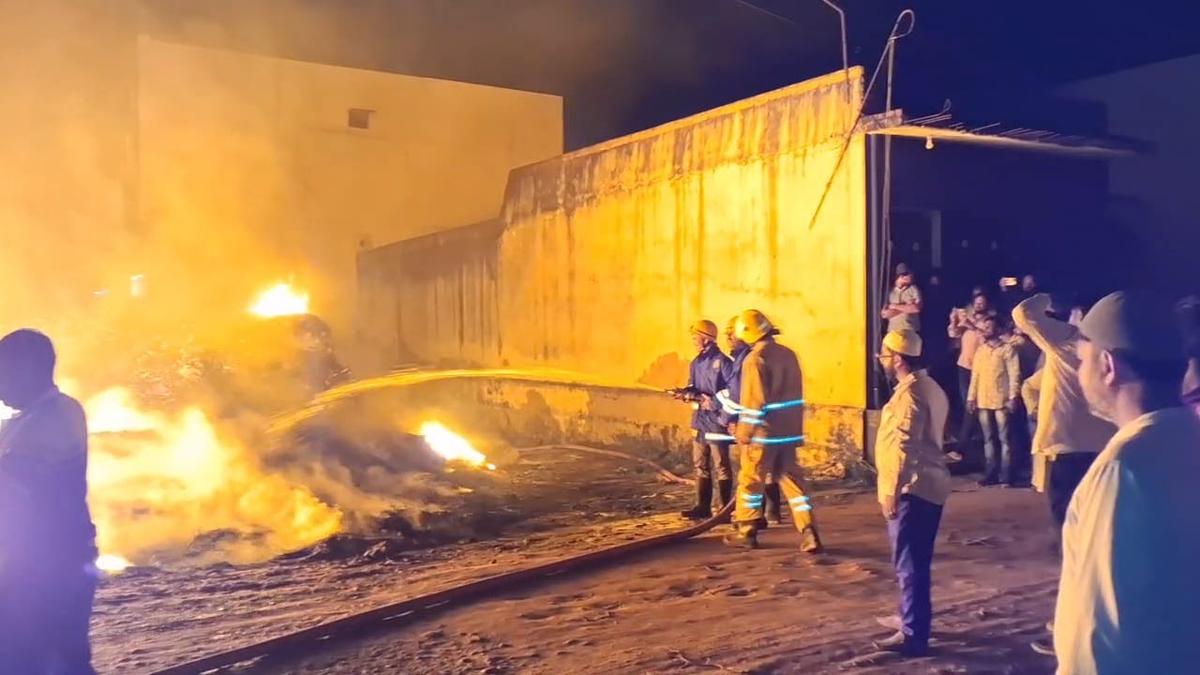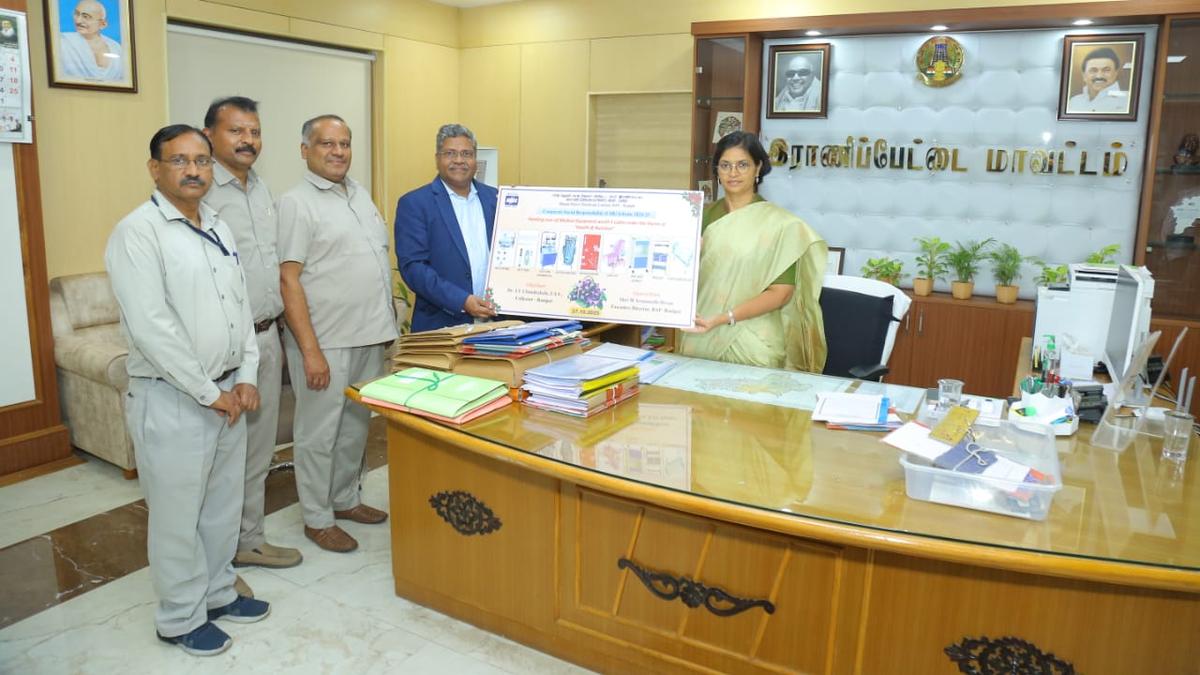The main carriageway of the 8-lane Peripheral Ring Road will be less than 100 ft. Lands were notified in 2006-07 for the project to build a 100 m wide road, but the carriageway (excluding service roads) will only be 28 m (nearly 92 ft) wide, sources said. This has raised fears that the PRR may not be “enough” and may end up choked like the Outer Ring Road (ORR) sooner than later.
Of the 100 m, Bangalore Development Authority (BDA) will now “commercially develop” a total of 35 m to cross-subsidise the project. While part of this developed land will be given as part of a compensation package to landlosers, if they opt for it, the remaining plots will be auctioned off for malls, entertainment, and even companies will likely come up, sources said. Farmers have opposed this plan and demanded that only land required for the road should be acquired.
This will leave only 65 m for the road project, of which 5 m will be set aside to accommodate an elevated metro corridor in the future, 9 m wide service roads, 4 m wide shoulder drains, and 3 m wide footpaths on either side. This will leave only 28 m for the main carriageway, in which eight lanes with each lane being 3.5-m wide will come up.
‘Not enough’
Traffic and mobility expert M.N. Srihari said the width of the carriageway was not enough. “We have a 100 ft road in Indiranagar, and even that chokes. The carriageway of PRR being less than that is definitely not enough. This road should act as a bypass and take away all through traffic of trucks from the city. Commercial development along the road and reducing the carriageway for that will only defeat the main purpose of the road project,” he said.
However, a senior BDA official defended the move and said that commercially developing 35 m was the only way the project could be made “viable”. “The land acquisition costs are so high, and we are taking a loan of ₹27,000 crore for the project. The toll alone will not be enough to even pay the annual installments for the loan,” the official said, arguing a carriageway of 28 m with 9 m wide service roads on either side will be adequate.
Urban infrastructure expert Ashwin Mahesh said that doing PRR as a “strip development” project was both costly and time-consuming due to litigations over land acquisition that are bound to come up. “Town planning schemes like land reconstitution, where land owners in an impact zone voluntarily give up their land to get back around 75-80% of developed land, whose value would have shot up, will help us develop a 100 m road. This will not include land acquisition at all, so it will be cheaper by many times, and the larger area will be developed. Ahmedabad built its ring road using this model successfully. We need a credible leader whom the farmers trust for this model to work. It requires a lot of work negotiating with farmers, convincing them,” he said.
Another urban activist said that the city was repeating the same mistake we made while building ORR. “Ideally, the government should have acquired more land for ORR, keeping room for widening. Now with dense development along the corridor, no intervention is possible and the road is severely choked. The same may happen with PRR,” he said.

 8 hours ago
4
8 hours ago
4









 English (US) ·
English (US) ·